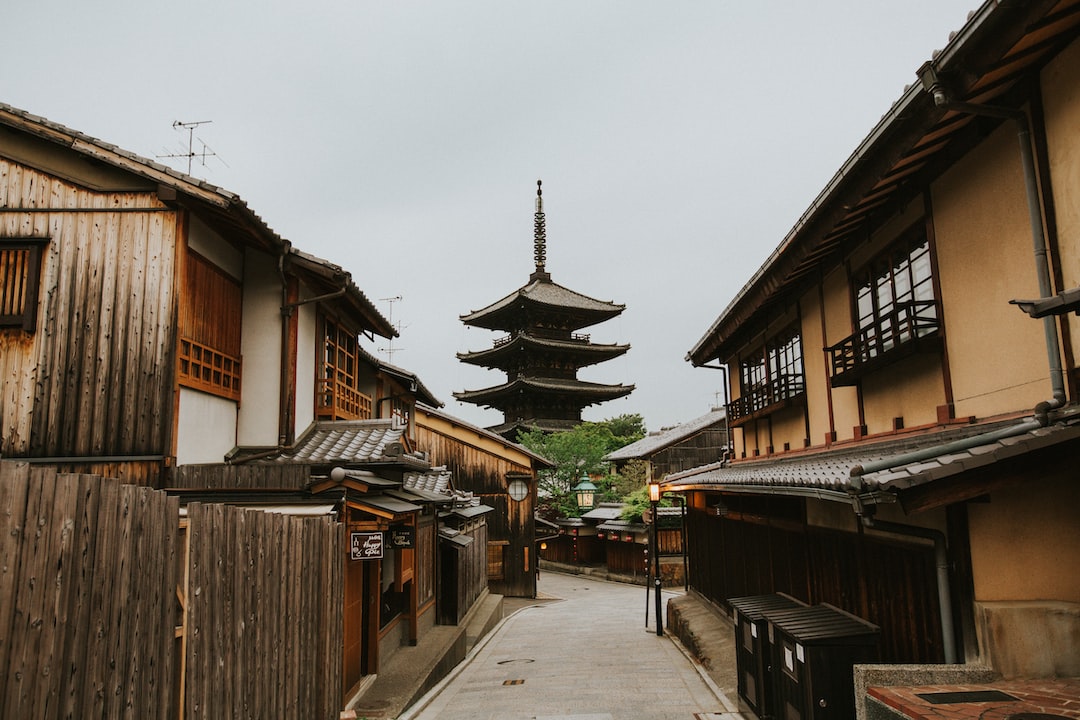Kyoto’s Tea Culture: An Exquisite Journey Through Matcha and Tea Ceremonies
Nestled in the heart of Japan lies Kyoto, a city rich in tradition, culture, and history. One of Kyoto’s most cherished traditions is its tea culture, which dates back centuries. The city’s tea houses and tea ceremonies offer visitors a truly immersive experience in the world of matcha and Japanese tea.
Matcha, a finely powdered green tea, has been an integral part of Japanese tea culture for centuries. Unlike other varieties of tea, matcha is shade-grown, hand-picked, and ground into a fine powder. This process not only preserves the vibrant green color and unique flavor of the tea but also creates a ritualistic experience in its preparation and consumption.
The journey into Kyoto’s tea culture begins with a visit to one of the city’s many tea houses. These humble establishments have been serving tea for generations, immersing guests in the captivating atmosphere of traditional Japan. Stepping into a tea house is like stepping back in time, as the interior is adorned with traditional Japanese décor, including tatami mats, sliding paper doors, and beautifully arranged flower displays.
The tea ceremony, known as chanoyu, is a cornerstone of Kyoto’s tea culture. It is an intricate and solemn ritual that embodies grace, harmony, and respect. The tea ceremonies are usually conducted by highly skilled tea masters, who have dedicated their lives to mastering this artform. These masters carefully prepare the matcha, paying attention to every detail, from the temperature of the water to the precise movement of the whisk.
The tea ceremony itself is a mesmerizing experience. Seated on tatami mats in a serene tea room, guests are guided through a series of gestures and etiquette by the tea master. The focus is on mindfulness and being fully present in the moment. Each movement, sip, and taste is savored and appreciated, creating a deep sense of connection to the tea and the surrounding environment.
The taste of matcha is unlike any other tea. Its flavor is bold, rich, and uniquely earthy, with a hint of sweetness. The velvety texture and vibrant green color add to the overall sensory experience of drinking it. Matcha is not just a beverage; it is a work of art that embodies the essence of Kyoto’s tea culture.
Beyond tea houses and ceremonies, Kyoto offers visitors various opportunities to explore and learn about its tea culture. Tea shops line the streets, offering a wide range of high-quality teas and tea-related products, including matcha powder, tea utensils, and traditional tea sets. It is a paradise for tea enthusiasts and collectors alike.
For those seeking a more hands-on experience, there are tea workshops and classes available in Kyoto. These provide a chance to learn the art of tea preparation, from properly whisking matcha to understanding the significance of each movement in the tea ceremony. Participants have the opportunity to engage with tea masters, ask questions, and gain a deeper appreciation for the traditions surrounding tea.
Kyoto’s tea culture is a testament to the beauty and depth of Japanese traditions. Through matcha and tea ceremonies, visitors embark on an exquisite journey of taste, mindfulness, and cultural immersion. The city’s tea houses, ceremonies, and shops offer a glimpse into the soul of Kyoto, leaving a lasting impression on all who experience it.

